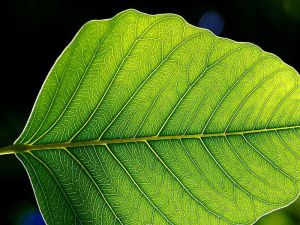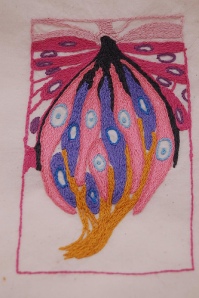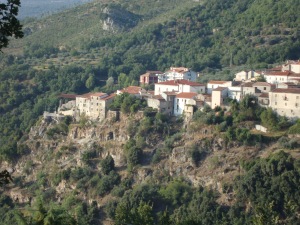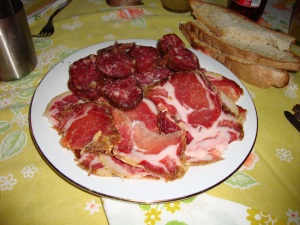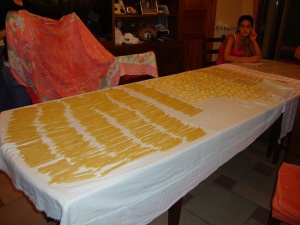
Me with a photoshopped "winestache"
Finally we get to the meat and potatoes of wine. Tannins are responsible for giving you that dry and puckering feeling in your mouth. Mostly found in red wine, they exist in whites but are usually imperceptible. They provide the wine with bitter and astringent sensations and also give wine its color. Some like this astringent feeling and some don’t. For me, it depends on how they feel, whether the tannins add or take away from the wine. Most novice wine drinkers will at first not prefer this feeling, but I can assure you, a red wine with the correct balance of tannins will spark your interest and leave you yearning for more.
Tannins are the “backbone” of a wine. They provide the wine with structure, balance, body, complexity and longevity. These compounds are found in the stems, skins and seeds of the grape plant. The most important ones come from the skins, the others are very harsh and bitter. During the wine making, the stems are removed before crushing and the grapes are pressed very slowly as to not break the seeds and release the bitter oils. Another, but less important source of tannins come from the actual wood from where the wine was aged.
The tannic “backbone” is the main reason why some wines will have a lifespan  of 2 years and some for over 20. The quality and balance of tannin can make all of the difference, but be careful. A wine that seems exceedingly tannic is also not good. Like I’ve said in other posts, it is not the strength of one particular characteristic that makes a wine, but how all of these components are meshed together.
of 2 years and some for over 20. The quality and balance of tannin can make all of the difference, but be careful. A wine that seems exceedingly tannic is also not good. Like I’ve said in other posts, it is not the strength of one particular characteristic that makes a wine, but how all of these components are meshed together.
Tannins are in a class of chemical compounds called polyphenols. At the heart of the molecule is a phenol molecule, which is a benzene ring with a hydroxyl group attached to it. In any event, it is a highly reactive molecule. Bonds are constantly broken and created during a wines life and no one really knows how tannins help a wine age. There is the notion that the smaller tannin molecules come together to make larger molecules, and they eventually fall out of solution to form the sediment sometimes seen in old wines. The exact opposite could also happen whereby the tannins get smaller. In any effect, as a wine ages the tannins get softer, silkier and less perceivable.
Tannins provide me with a level of enjoyment that I cant get from white wines. Don’t get me wrong I love white wines for their acid, but sometimes you just need that tannic red wine with a grilled steak. Tannic wines are great with grilled red meats, stews, braises, and older cheeses. The tannins provide a counter balance to strong flavors of these dishes and are good at wiping the inside of your mouth clean, preparing it for the next round.
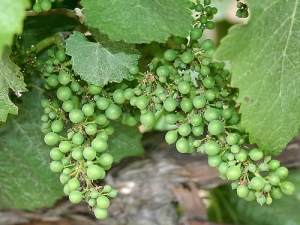 A neat little story before we go. There is a reason for everything that exists in our world, including tannins. Remember that grape vines are wild plants and existed long before humans and WILL continue to exist long after we are gone. Plants have a myriad of biochemical, physical, and evolutionary processes that have helped them survive for this long. One of the main goals of the grape vine is to survive and reproduce. When the fruits of the vine are young they are green, acidic, bitter and very TANNIC. This is to insure that the berries make it to their full ripeness. Would you like to eat something that tasted like that? Well , neither would any animal that also might be hungry. During the maturation of the berry, they change to a beautiful color, become less tannic, sweeter, and less acidic. Now they are ready to be consumed by an array of different animals so that they can eat,digest, and scatter the seeds all over the world.
A neat little story before we go. There is a reason for everything that exists in our world, including tannins. Remember that grape vines are wild plants and existed long before humans and WILL continue to exist long after we are gone. Plants have a myriad of biochemical, physical, and evolutionary processes that have helped them survive for this long. One of the main goals of the grape vine is to survive and reproduce. When the fruits of the vine are young they are green, acidic, bitter and very TANNIC. This is to insure that the berries make it to their full ripeness. Would you like to eat something that tasted like that? Well , neither would any animal that also might be hungry. During the maturation of the berry, they change to a beautiful color, become less tannic, sweeter, and less acidic. Now they are ready to be consumed by an array of different animals so that they can eat,digest, and scatter the seeds all over the world.
This concludes the series on the physical components of wine. Thanks for reading and staying interested!





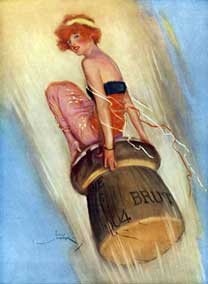 I think that a lot of people love Champagne but don’t really know what they are talking about when they say the name. Most of the sweet stuff that we pour after dinner is not Champagne, but a cheaper alternative that has nothing to do with Champagne at all. The grapes are different, the region of production is different, and the vinification is different.
I think that a lot of people love Champagne but don’t really know what they are talking about when they say the name. Most of the sweet stuff that we pour after dinner is not Champagne, but a cheaper alternative that has nothing to do with Champagne at all. The grapes are different, the region of production is different, and the vinification is different. conditions for harvesting. He actually tried to STOP the second fermentation that takes place in bottle! This is totally ironic because this second fermentation in the bottle is the basis of the Methode Champenois.( I will discuss this method in the next post.) Good thing he did not succeed.
conditions for harvesting. He actually tried to STOP the second fermentation that takes place in bottle! This is totally ironic because this second fermentation in the bottle is the basis of the Methode Champenois.( I will discuss this method in the next post.) Good thing he did not succeed.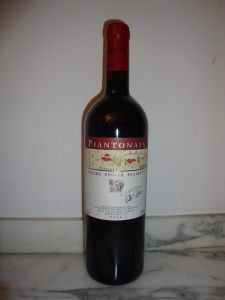 2005 “La Piontoanaia”
2005 “La Piontoanaia”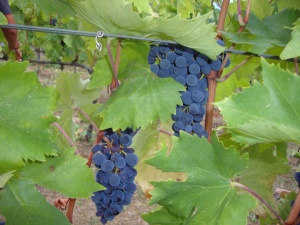
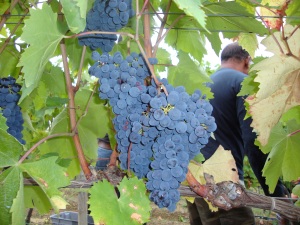
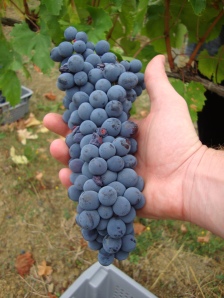
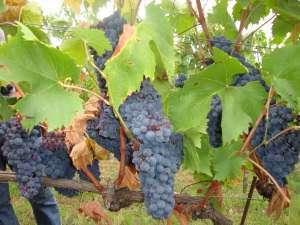
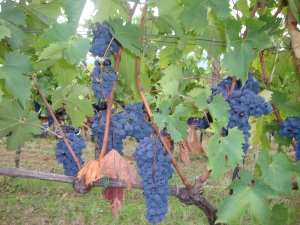
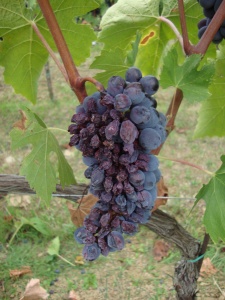
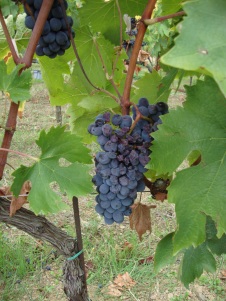
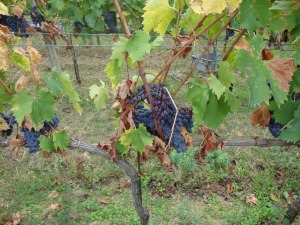
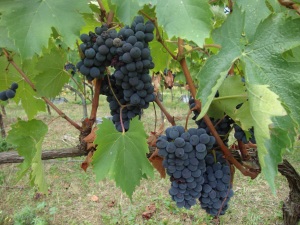
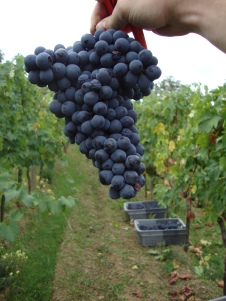
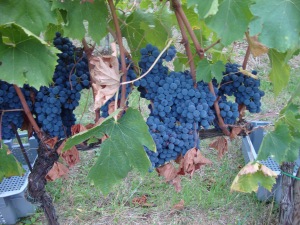
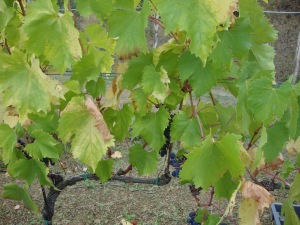
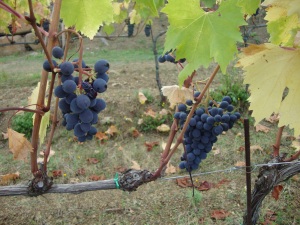
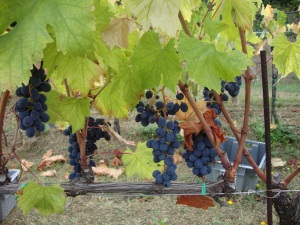
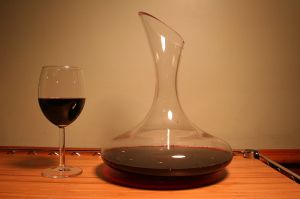 In my earlier days of “wine-ing” and dining it seemed fashionable, trendy and cool to let wine breathe in a decanter for a couple of hours. I read about it in virtually every wine periodical and most deemed it a necessary process in order to fully enjoy a wine, whether young or old. For new wines, decanting and breathing is meant to soften and loosen the aromas in tightly wound, young, and tannic wines. In older wines, decanting is a legitimate way to separate the clear wine from the precipitated sediment as well as to let the wine “breathe” from all of those years trapped inside the bottle.
In my earlier days of “wine-ing” and dining it seemed fashionable, trendy and cool to let wine breathe in a decanter for a couple of hours. I read about it in virtually every wine periodical and most deemed it a necessary process in order to fully enjoy a wine, whether young or old. For new wines, decanting and breathing is meant to soften and loosen the aromas in tightly wound, young, and tannic wines. In older wines, decanting is a legitimate way to separate the clear wine from the precipitated sediment as well as to let the wine “breathe” from all of those years trapped inside the bottle.
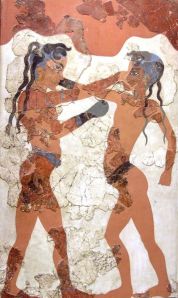

 of 2 years and some for over 20. The quality and balance of tannin can make all of the difference, but be careful. A wine that seems exceedingly tannic is also not good. Like I’ve said in other posts, it is not the strength of one particular characteristic that makes a wine, but how all of these components are meshed together.
of 2 years and some for over 20. The quality and balance of tannin can make all of the difference, but be careful. A wine that seems exceedingly tannic is also not good. Like I’ve said in other posts, it is not the strength of one particular characteristic that makes a wine, but how all of these components are meshed together. A neat little story before we go. There is a reason for everything that exists in our world, including tannins. Remember that grape vines are wild plants and existed long before humans and WILL continue to exist long after we are gone. Plants have a myriad of biochemical, physical, and evolutionary processes that have helped them survive for this long. One of the main goals of the grape vine is to survive and reproduce. When the fruits of the vine are young they are green, acidic, bitter and very TANNIC. This is to insure that the berries make it to their full ripeness. Would you like to eat something that tasted like that? Well , neither would any animal that also might be hungry. During the maturation of the berry, they change to a beautiful color, become less tannic, sweeter, and less acidic. Now they are ready to be consumed by an array of different animals so that they can eat,digest, and scatter the seeds all over the world.
A neat little story before we go. There is a reason for everything that exists in our world, including tannins. Remember that grape vines are wild plants and existed long before humans and WILL continue to exist long after we are gone. Plants have a myriad of biochemical, physical, and evolutionary processes that have helped them survive for this long. One of the main goals of the grape vine is to survive and reproduce. When the fruits of the vine are young they are green, acidic, bitter and very TANNIC. This is to insure that the berries make it to their full ripeness. Would you like to eat something that tasted like that? Well , neither would any animal that also might be hungry. During the maturation of the berry, they change to a beautiful color, become less tannic, sweeter, and less acidic. Now they are ready to be consumed by an array of different animals so that they can eat,digest, and scatter the seeds all over the world.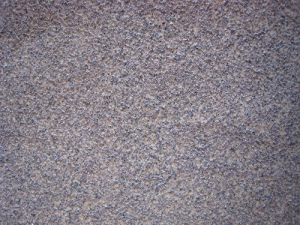
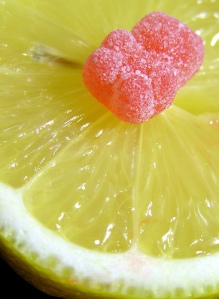
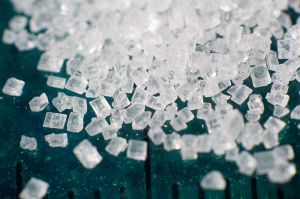 This is the last article that covers the “round” and “smooth” qualities of wine. We just went over
This is the last article that covers the “round” and “smooth” qualities of wine. We just went over 
